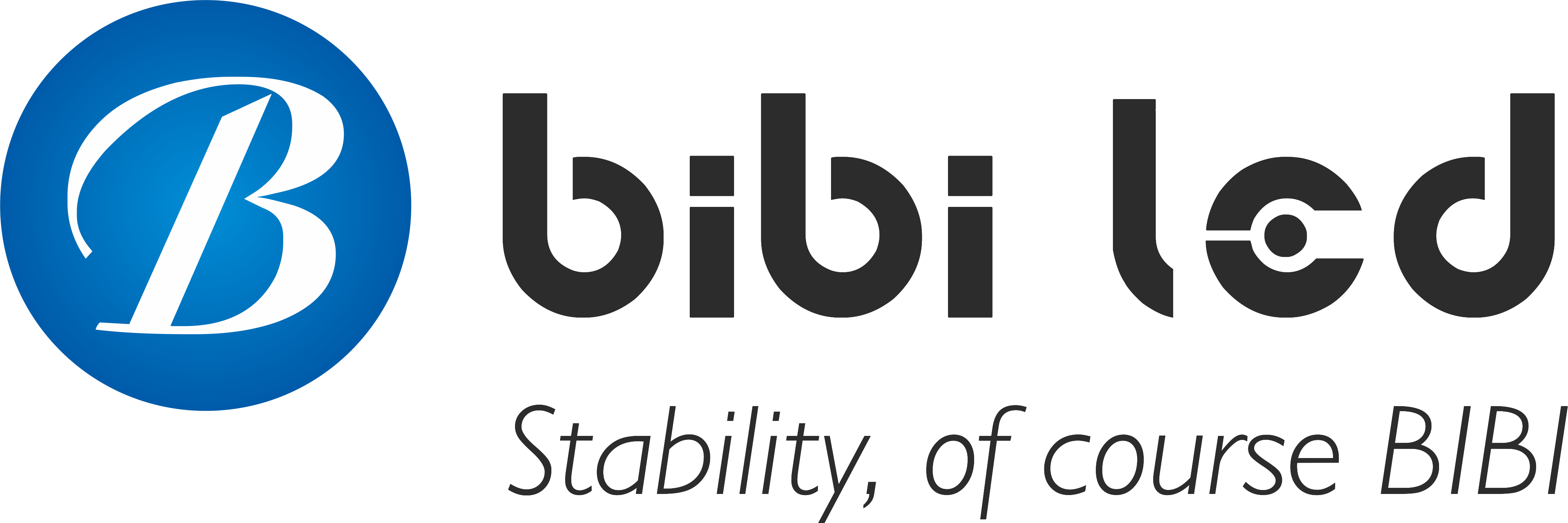序章

In the vast desert, high temperature, sand, dryness and large temperature difference between day and night are extreme environments that are huge challenges for any device. So, can LEDスクリーン really work normally under such harsh conditions?
目次
1. Challenges of environmental characteristics in desertified areas to LED screens
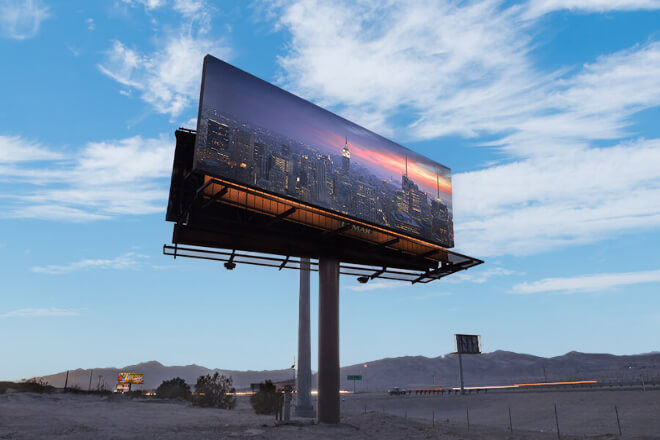
In the desert, the sun can bake eggs on the ground, and the temperature easily exceeds 60℃. This high temperature is simply “oven mode” for LED screens.
The electronic components inside are like dancing in a hot pot. Over time, they will accelerate ageing and greatly reduce their lifespan.
Moreover, high temperatures will soften and deform the plastic shell of the LED screen, and even start to peel and crack, which is particularly distressing.
What’s more troublesome is that the LED screen will heat up when it is running, and it is more difficult to dissipate heat in a high-temperature environment.
It is easy to overheat, and the screen may flicker, change colour or crash directly, which makes people crazy.
The wind and sand in the desert are so strong that the sand grains are small and hard, like countless small blades.
These sand grains can easily get into the gaps of the LED screen, blocking the heat dissipation channel, and the heat dissipation function is directly “paralysed”.
Moreover, the sand grains will run around on the surface of electronic components, affecting their normal operation.
They may even scratch the surface of the screen, making the display effect as blurry as if it were separated by a layer of frosted glass.
The wind and sand will also make the contrast and clarity of the screen worse, and the originally bright picture will become grey and look particularly uncomfortable.
The air in the desert is as dry as the Sahara Desert, and the humidity is so low that it can be almost ignored.
In this environment, static electricity is particularly easy to accumulate, just like the “crackling” when taking off a sweater in winter.
Once this static electricity is discharged, it will be like small bombs, directly “blowing up” the sensitive electronic components in the LED screen, and the screen may instantly go black or garbled.
Moreover, low humidity will make the plastic and rubber parts in the screen dry and brittle, and they may crack with a slight touch.
The structure of the entire screen becomes very fragile, and the service life is greatly reduced.
The desert is extremely hot during the day, but it is as cold as an ice cellar at night.
The temperature difference between day and night can be dozens of degrees. This temperature “roller coaster” makes the materials of LED screens unbearable.
The screen shell and internal structure are easily deformed and warped due to repeated tossing during the day and contraction at night, and the screen looks uneven.
Moreover, it is difficult for electronic components to remain stable under such temperature differences.
For example, capacitors may “strike” due to temperature changes, resulting in abnormal screen display, such as wrong colours or flickering pictures, which makes people feel particularly upset.
2. The current status of LED display screens in extreme climates
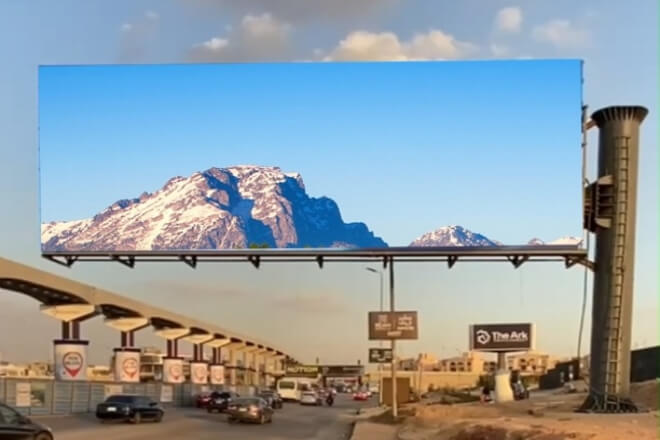
1). Actual cases in desert areas
In desert cities like Dubai, high temperatures, wind and sand are commonplace. However, the local LED display screens perform quite well.
For example, the carbon fibre LED skylight screen in Dubai Shopping Centre can withstand temperatures as high as 50℃ in summer, and there are sandstorms from time to time.
But it can withstand them, and the failure rate is 82% lower than that of previous screens.
This screen uses special heat dissipation design and protective measures, and can be said to be a “warrior in the desert.”
For another example, a carbon fibre LED display screen installed in a shopping mall in Dubai in 2023 is not only as stable as an old dog under high temperatures.
But also successfully withstands the “baptism” of sandstorms. This shows that as long as the design is reasonable, LED screens can also “live well” in the desert.
2). Performance of special display screens in extreme environments
Special display screens are simply “tough guys” in extreme environments.
For example, the carbon fibre LED display screen has a very wide operating temperature range, from -40℃ to 85℃, and it can handle it easily, whether it is the Arctic Circle or the Sahara Desert.
Moreover, its waterproof performance is particularly strong, reaching the IP67 protection level, and dust and rain can’t easily get in.
What’s more amazing is that the carbon fibre material is particularly strong and can withstand “accidental attacks” such as hail.
For example, in a sports stadium in Texas, the carbon fibre LED display was hit by hail the size of a tennis ball.
But only had a few scratches, while 12% of the modules of the traditional display installed at the same time had to be replaced.
This shows that special display screens are “upgraded versions” of traditional display screens in extreme environments.
3). Use scenarios in high-temperature and arid areas such as military, border defence, and mining
In high-temperature and arid areas such as military, border defence, and mining, LED display screens must be particularly “resistant”.
For example, at border outposts, the screen must be able to display clearly under strong light and dissipate heat; otherwise, the screen will be too hot to see anything clearly.
Now, many outdoor LED display screens use aluminium alloy, a material with good heat dissipation, and reasonable heat dissipation channels are designed.
Some screens are also equipped with intelligent temperature control systems. When the temperature is high.
The screen will automatically lower the brightness or start the cooling fan, just like “blowing air conditioning” for yourself.
In short, today’s LED display screens are becoming more and more “capable” in extreme climates. As long as the technology keeps up, they can be “stable” in various harsh environments.
3. Technical points of LED display screens for desert environments
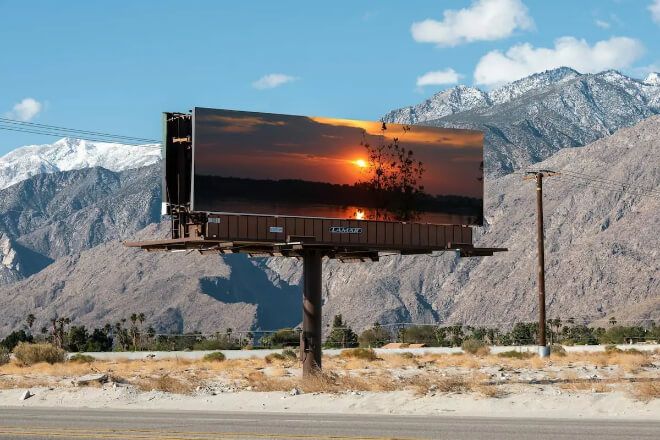
1). Design of high-temperature tolerant chips and driver power supplies
The high temperature in the desert is unbearable, and it would be a disaster if the LED screen could not withstand it.
To this end, engineers have specially developed high-temperature resistant chips and driver power supplies.
These chips can operate stably even at 60°C or even higher, and will not “strike” easily.
The driver power supply ensures that it remains “cool” at high temperatures by adding heat sinks or using high-efficiency heat dissipation materials to avoid damage due to overheating.
With these technologies, the LED screen can work steadily in the high-temperature environment of the desert without worrying about “heatstroke”.
2). Closed structure anti-sand design and ventilation system
The wind and sand in the desert are pervasive. If sand grains get into the LED screen, it will be troublesome.
Engineers designed a closed shell for the LED screen, like a solid fortress, to protect the internal components tightly.
The gaps are also sealed with sealing strips to prevent sand grains from entering. However, the equipment cannot be “suffocated”, so ventilation channels are designed inside to allow air to flow and dissipate heat.
A filter is also installed at the air inlet to block sand particles. In this way, the LED screen can “breathe smoothly” and work normally in a sandy environment.
3). Surface anti-glare and anti-UV coating
The sun in the desert is dazzling, and the ultraviolet rays are particularly strong, which is a big test for the surface of the LED screen.
The engineers applied two layers of protective film to the screen: one layer is an anti-glare coating.
Which can reduce reflected light and make the screen still clearly visible under strong light.
The other layer is an anti-UV coating, which can block ultraviolet rays and prevent the screen material from ageing.
These two layers of coating allow the screen to maintain a good display effect under the strong light of the desert and extend its service life.
4). Anti-oxidation and anti-static treatment of module selection
The desert environment is dry, static electricity is easy to accumulate, and high temperatures will also cause the material to oxidise.
したがって、 module of the LED screen uses anti-oxidation materials to prevent oxidation at high temperatures.
At the same time, the surface and interior of the screen have been treated with anti-static to prevent static electricity from damaging electronic components.
These measures allow LED screens to remain safe and sound in the dry and hot environment of the desert, without worrying about being “damaged” by static electricity or being “rusted” by oxidation.
4. Energy issues: How to power LED screens in desert areas?
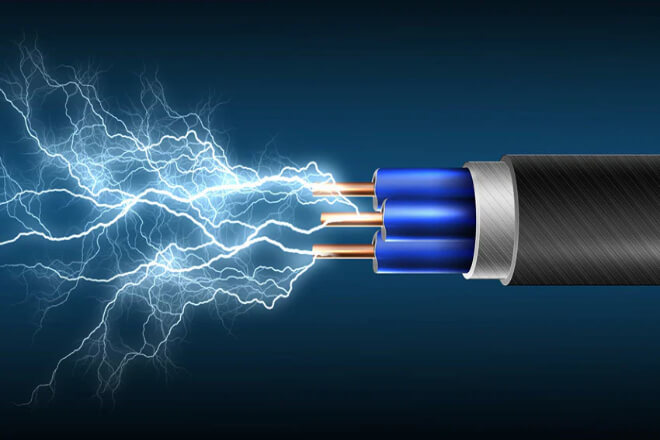
1). Is the stable power grid reliable?
Desert areas are remote, and the power grid construction is definitely not as complete as that of big cities, and the power supply will “drop the chain” from time to time.
However, the country is also working hard now, and some places on the edge of the desert can slowly be connected to a stable power grid. But if it is far away or in the deep desert, you have to find another way.
2). Is solar power reliable?
The sun in the desert is so poisonous, and the sunshine time is long; it is simply a “paradise” for solar power generation.
Solar panels can generate a lot of electricity in the desert, and the cost is not high. Using solar energy to power LED screens is not only environmentally friendly, but also saves a lot of trouble.
For example, the northwest desert can get 3,000 hours of sunshine a year, and the electricity generated by solar panels is enough for LED screens to use for a long time.
3). Why are backup power and battery management systems important?
Although solar panels can generate electricity, they are useless at night or on cloudy days. At this time, backup power and battery management systems come in handy.
The electricity generated by solar panels during the day can be stored in the battery and can be taken out for use at night or on cloudy days.
Moreover, the battery management system can make the battery last longer and will not “age prematurely” due to excessive charging and discharging.
4). Why is it worth using energy-saving LED screens?
In places like deserts, electricity must be used sparingly. Energy-saving LED screens are like “power-saving experts”.
Which can not only reduce the burden on solar panels and batteries, but also last longer with limited electricity.
In this way, even if there are continuous cloudy days, the LED screen can last longer without worrying about sudden black screens.
5. Which deserts are more suitable for installing LED screens?
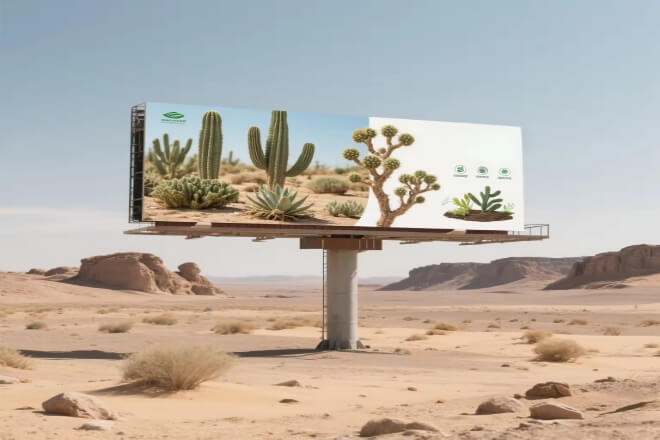
1). Desert highway and service area information release
屋外用 LED スクリーン in Saudi Arabia are installed in highway service areas to display road conditions and advertising content.
These displays have been operating for 10 years in high temperatures above 50°C and in sandstorm environments, and are still able to work normally, demonstrating extremely high reliability and durability.
This display can not only withstand extremely high temperatures, but also resist the erosion of sand and dust, making it very suitable for use in desert highways.
2). Digital guides for tourist attractions
In Dubai’s desert tourist attractions, LED displays are widely used in digital guide systems.
For example, some desert resorts and tourist attractions in Dubai have installed high-brightness LED displays to display scenic area maps, cultural promotional videos, and real-time weather information.
These displays not only provide clear visual effects, but also maintain good display effects under strong light conditions, greatly enhancing the experience of tourists.
3). Internal dispatching and warning signs in mining areas and oil fields
In mining areas and oil fields in the Middle East, LED displays are used for internal dispatching and warning signs.
For example, outdoor LED displays are widely used in mining areas in Saudi Arabia to display equipment operating status, safety warning information, and personnel dispatch instructions.
These displays are resistant to high temperatures, wind, and sand, and can operate stably in harsh environments to ensure safe and efficient production in mining areas and oil fields.
4). Border outposts, military bases and unmanned areas
In military bases and unmanned areas, LED displays are used for monitoring and command systems.
For example, the US military installed high-brightness, high-stability LED displays in some unmanned military outposts for remote monitoring and information display.
These displays can work normally in extreme temperatures and harsh environments, providing reliable monitoring and command support for military bases.
6. 結論
After reading these cases and technologies, do you have a new understanding of the application of LED displays in desertified areas?
From shopping malls in Dubai to highway service areas in Saudi Arabia, from dispatching systems in mining areas to monitoring equipment in military bases.
LED displays are changing the way information is disseminated in desert areas with their strong high temperature resistance, wind and sand resistance and energy-saving characteristics.
最後に、LEDディスプレイについてもっと知りたい方は、 ご連絡ください。
